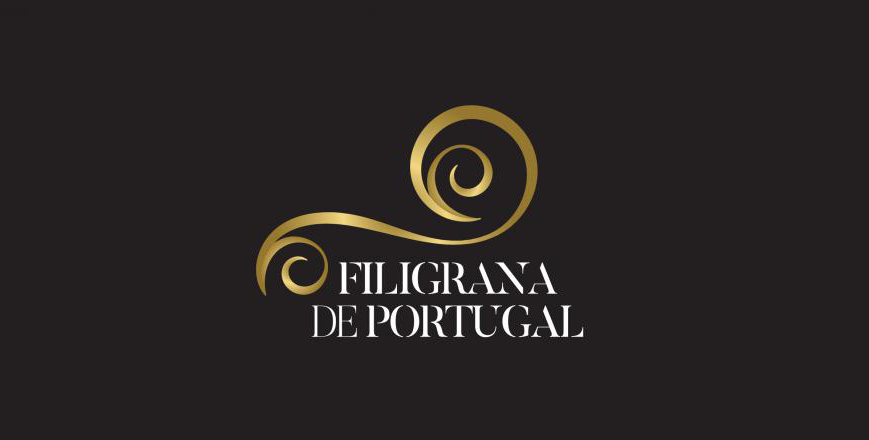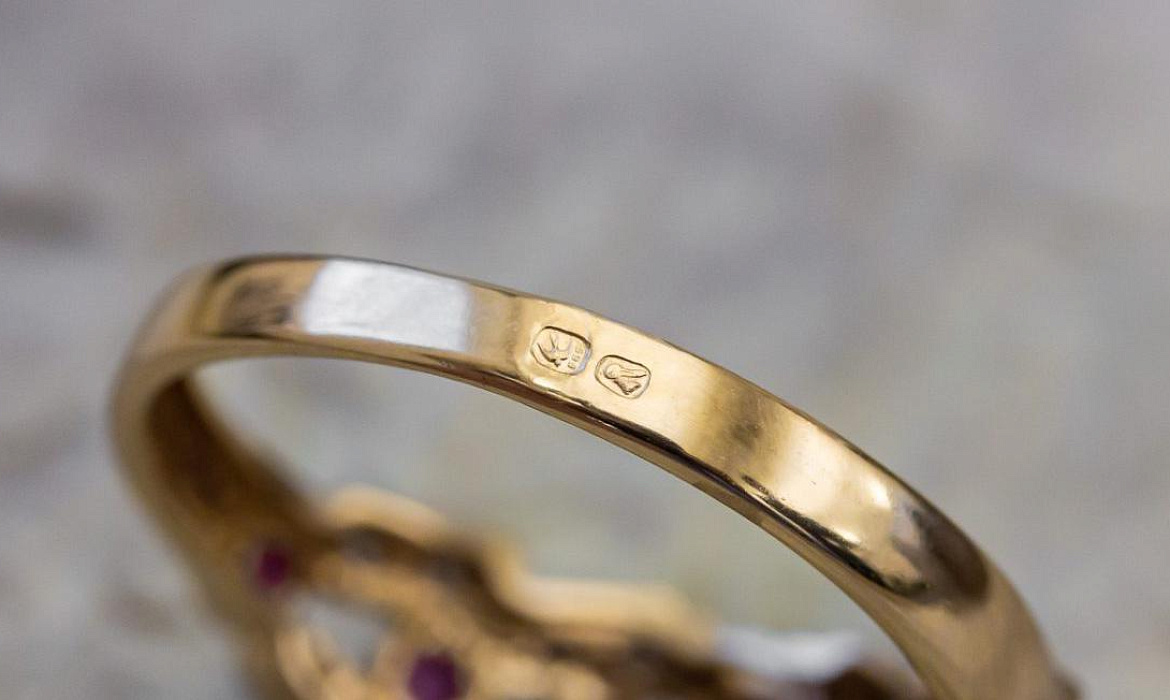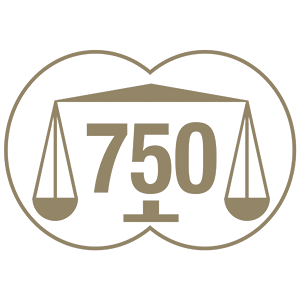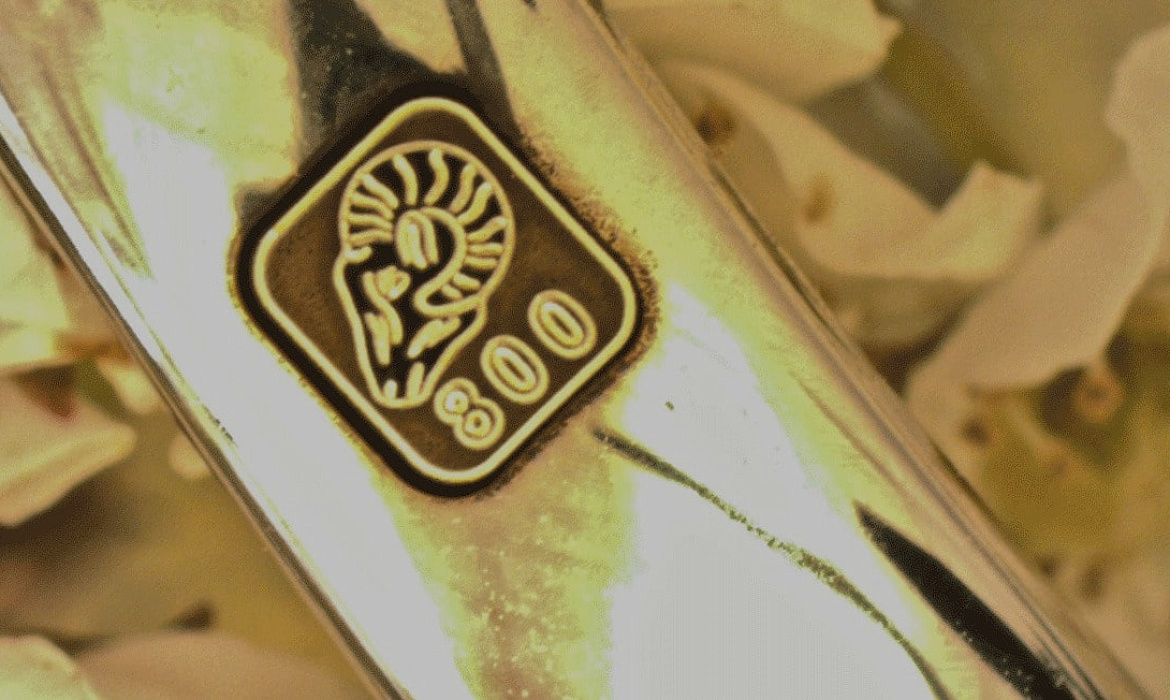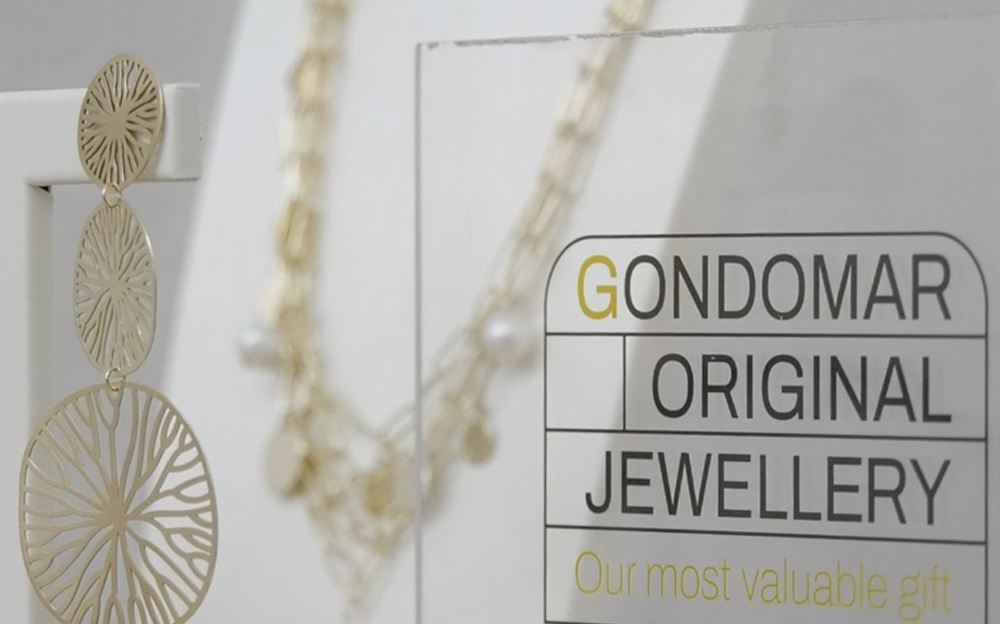Filigree, the production of traditional handmade jewelry, has a long history in Portugal. Filigree production is concentrated in two areas in the north of Portugal - Gondomar and Póvoa de Lanhoso.
The municipalities of Gondomar and Póvoa de Lañoso, where this ancient technique is of particular importance, have jointly introduced the certification program “Filigrana de Portugal”. These two municipalities have united with the aim of enhancing the value of the filigree technique characteristic of both territories, protecting its producers and protecting this unique handcraft from industrial imitations that mislead consumers and discredit this art.
Starting from the afternoon of July 12, 2018, the "Filigrana de Portugal" certificate appeared. From now on, 21 innovative craft production companies have the opportunity to display the "Filigrana de Portugal" certification mark on their products.
The certificate is issued by Aderecertifica, an organization accredited by the Portuguese Institute of Accreditation, and meets all the requirements of the National Certification System for Traditional Crafts.
The purpose of the Filigrana de Portugal certification is to provide the consumer with a new guarantee of quality.
The municipalities of Gondomar and Póvoa de Lañoso, where this ancient technique is of particular importance, have jointly introduced the certification program “Filigrana de Portugal”. These two municipalities have united with the aim of enhancing the value of the filigree technique characteristic of both territories, protecting its producers and protecting this unique handcraft from industrial imitations that mislead consumers and discredit this art.
Starting from the afternoon of July 12, 2018, the "Filigrana de Portugal" certificate appeared. From now on, 21 innovative craft production companies have the opportunity to display the "Filigrana de Portugal" certification mark on their products.
The certificate is issued by Aderecertifica, an organization accredited by the Portuguese Institute of Accreditation, and meets all the requirements of the National Certification System for Traditional Crafts.
The purpose of the Filigrana de Portugal certification is to provide the consumer with a new guarantee of quality.
 FiligranaPT.pt
FiligranaPT.pt
